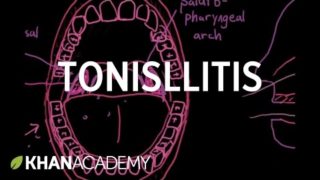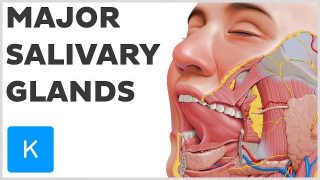Obstructive Sleep Apnea (OSA)
Understand Obstructive Sleep Apnea with this clear explanation from Dr. Seheult of http://www.medcram.com. Includes pathophysiology, risk factors, diagnosis, and treatment. This is video 1 of 2 on sleep apnea.
0:19 Sleep apnea pathophysiology
5:58 Sleep apnea risk factors
10:36 Relation of age to sleep apnea
Speaker: Roger Seheult, MD
Clinical and Exam Preparation Instructor
Board Certified in Internal Medicine, Pulmonary Disease, Critical Care, and Sleep Medicine.
MedCram: Medical topics explained clearly including: Asthma, COPD, Acute Renal Failure, Mechanical Ventilation, Oxygen Hemoglobin Dissociation Curve, Hypertension, Shock, Diabetic Ketoacidosis (DKA), Medical Acid Base, VQ Mismatch, Hyponatremia, Liver Function Tests, Pulmonary Function Tests (PFTs), Adrenal Gland, Pneumonia Treatment, any many others. New topics are often added weekly- please subscribe to help support MedCram and become notified when new videos have been uploaded.
Subscribe: https://www.youtube.com/subscription_center?add_user=medcramvideos
Recommended Audience: Health care professionals and medical students: including physicians, nurse practitioners, physician assistants, nurses, respiratory therapists, EMT and paramedics, and many others. Review for USMLE, MCAT, PANCE, NCLEX, NAPLEX, NDBE, RN, RT, MD, DO, PA, NP school and board examinations.
More from MedCram:
Complete Video library: https://www.youtube.com/c/medcram
Facebook: https://www.facebook.com/MedCram
Google+: https://plus.google.com/u/1/+Medcram
Twitter: https://twitter.com/MedCramVideos
Produced by Kyle Allred PA-C
Please note: MedCram medical videos, medical lectures, medical illustrations, and medical animations are for medical educational and exam preparation purposes, and not intended to replace recommendations by your health care provider.
Obstructive Sleep Apnea (OSA)
Other Videos You Might Like:
Subscribe
Login
0 Comments
Newest




